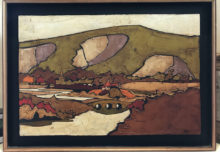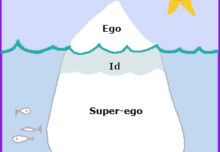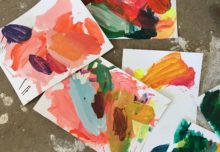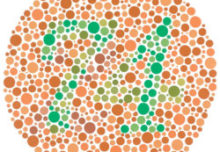ACRYLIC versus WATER COLOUR or OIL PAINT
I wrote a blog piece about oils, acrylics and watercolour paints about a year ago. [LINK]. The subject came up again recently when I was explaining my ‘acrylograph’ technique. This is when I paint over a canvas print with acrylic paint and add extra detail and texture. [LINK]
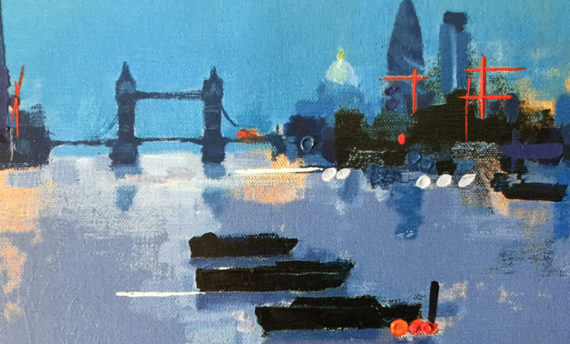
FIXED
The crucial point that came up was that acrylic paints are water based and they dry quickly. Within a couple of hours usually. They mix with water when wet, but when dry acrylics are no longer soluble. They are fixed.
Whereas watercolour artists know that if they re-wet the paint on a dry area then the under-paint will soften and bleed into any top layer. You can blend new paint onto old paint and soften edges with only a brush of water.
With some restrictions its the same with oil paint as long as you don’t leave it too long. Oil paint mixes with turpentine or turps-substitute for instance and it dries much much slower.
That is great if you paint pictures where you want to be able to work on yesterdays paint as well as todays.
But you can’t do that with acrylic. Once it is dry it is fixed. So you have to think about layers of paint in a different way.
The difference between ‘fixed’ and ‘not fixed’ is a major factor.
[Just to complicate things there are mediums that you can add to paints that will make acrylics dry slower for a while, and oils to dry more quickly. But that is a distraction for now.]OVER AND UNDER SCUMBLE AND GLAZE
The under-colour is important, it adds to the effect of the artwork. What an acrylic artist can do is paint over the under-colour quite happily with transparency [glaze] or broken texture [scumble].
Transparency is achievable by just adding more water. Even quite opaque colours can be used if they are thinned down.
You could paint over the previous colour with a quite dry opaque colour. This technique utilises the canvas or paper texture. I have used a roller or dry brush to put top-colour over under-colour leaving under-colour visible.
Or you could scumble. This involves scrubbing on a top colour then wiping or scrubbing it off leaving top-colour in the hollows and under-colour on the higher levels.
It is not so easy with oil paint because the under-paint will probably still be a bit wet in the hollows and just mix and smear. Watercolour will just remix and so it won’t work at all.
Experience of acrylic paint over the years enables me to influence the look of an existing surface in several exciting top-coat over under-coat ways. And it was this that led me to….
ACRYLIC OVER PAINTING ACRYLOGRAPHS
When giclee printing came along it was at first on paper and then on canvas. In the beginning we used it to make reproduction prints of existing finished artworks. I got my own kit so that I could self-publish prints of my work.
I noticed that some canvas giclee prints looked dull and flat with the recommended sealant spray so I tried painting over with acrylic varnish instead.
Wow!
I discovered that I could also paint over with textural varnish as well. I tried adding acrylic colour and experimented with the over-painting acrylic techniques I had previously learned.
Wow again!
This is possible with acrylic paints, not watercolour or oil paints. Watercolour is too delicate and is not permanent. It is just wrong. Whereas oil paint could be used over a giclee canvas I guess. But not over a giclee on paper because the oil content would bleed sideways and muck up any clean or clear sections. Come to think of course that can happen on a canvas as well. So oil paints onto giclee canvases is probably wrong as well.
BONUS
More recently I have realized how important the under-painting on a canvas giclee can be. I can create many effects on my computer screen before I print the canvas. I can experiment widely and wildly anticipating the canvas giclee as a base for the subsequent acrylic top-coats.
Acrylic painting techniques are just right for overpainting a giclee print on canvas. That is how I make ‘acrylographs’.

